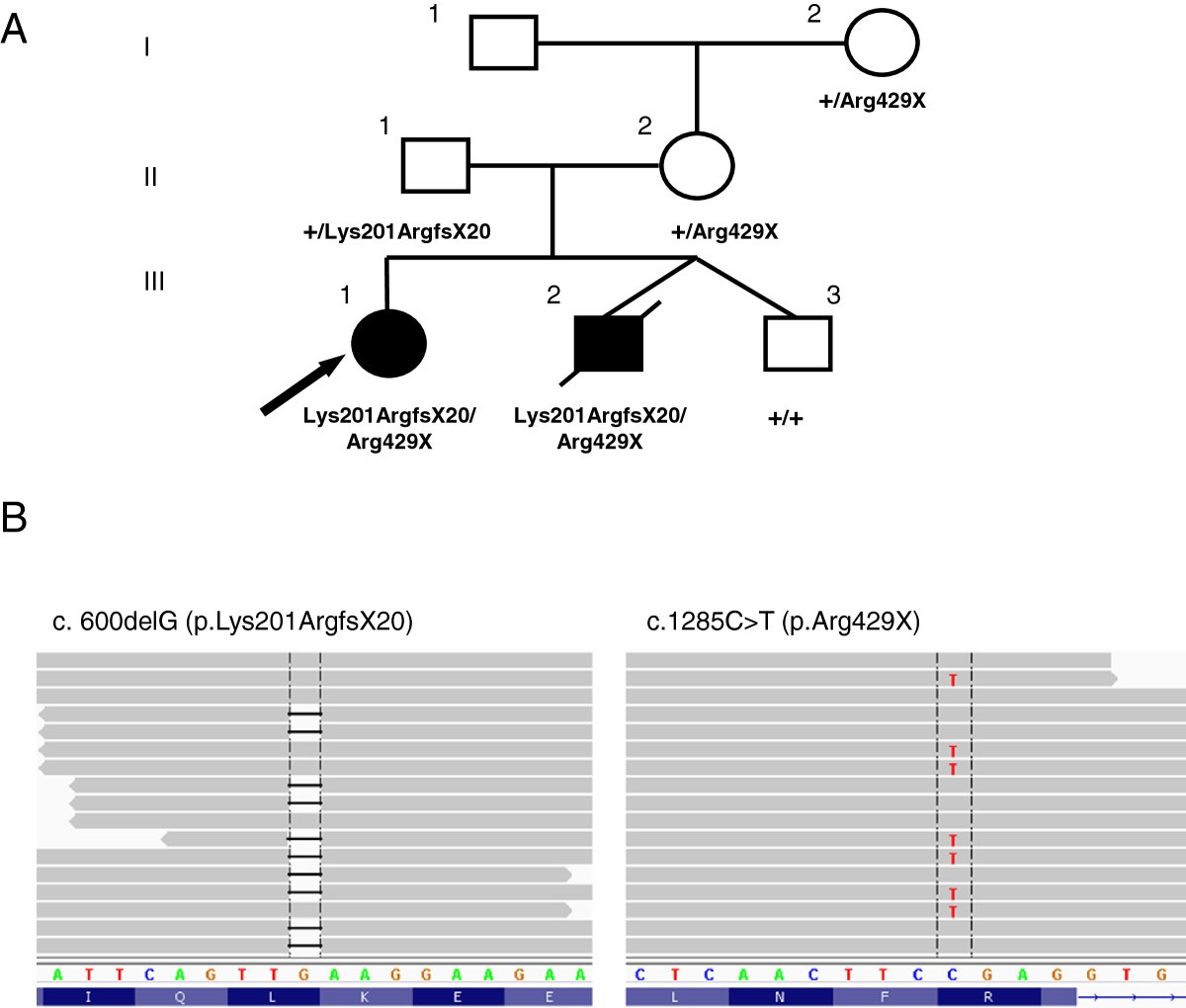
Our IBH method extends the detection of clonemates to any pair of samples, and will allow the detection of clonemates in extreme cases where all collected samples belong to one single clone.Ĭlonal reproduction, the production of asexual modular units with the ability to live independently, can happen by means of asexual budding, fragmentation or branching. Another potential application of IBH is to detect possible parent-descendant pairs under selfing because this reproductive mode leads to a predictable loss of heterozygosity. Two samples with IBH s >0.95 are considered members of the same clone, while two samples with IBH s =3,000). The core of our IBH method for detecting clonemates is to use IBH s in combination with the cutoff of 0.95.

Based on IBH, we develop IBH similarity (IBH s), a novel measure of genetic similarity between two diploid genomes. Here we propose the concept of identity by heterozygosity (IBH), meaning that two diploid genomes are identically heterozygous at some genetic markers such as SNPs (single-nucleotide polymorphisms). However, the currently available methods cannot work in cases where all collected samples belong to a few or even one single clone. Genetic markers have been widely used to detect clonemates tracing back to a single sexual event. Clonal reproduction, the production of asexual modular units with the ability to live independently under multicellularity, is a very common life history.


 0 kommentar(er)
0 kommentar(er)
